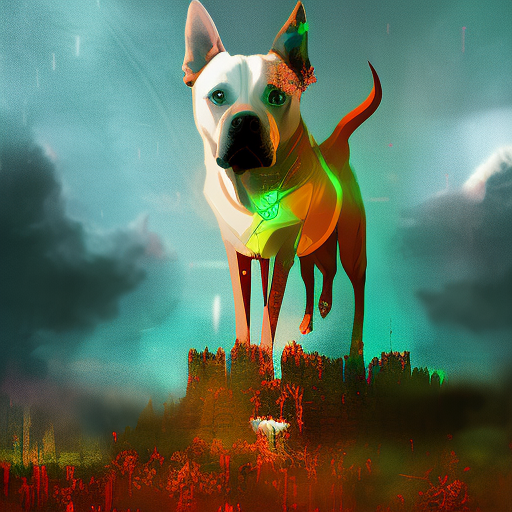Heart of a Dog: A Hilarious and Thought-Provoking Tale of Transformation
In “Heart of a Dog” by Mikhail Bulgakov, a stray dog named Sharik is transformed into a human through a daring experiment. This satirical novel explores themes of identity, class struggle, and the corrupting influence of power in Soviet society. With wit and humor, Bulgakov delves into the complexities of human nature and the consequences of tampering with it.
A Stray Dog’s Transformation
The story begins with Sharik, a stray dog living on the streets of Moscow, who is taken in by a renowned surgeon, Professor Preobrazhensky. The professor, known for his eccentric experiments, decides to transform Sharik into a human using a secret procedure. The operation is successful, and Sharik becomes a man named Sharikov. However, as Sharikov adjusts to his new life, his behavior becomes increasingly uncivilized and aggressive.
Class Struggle and Social Commentary
Bulgakov uses the transformation of Sharikov to explore the class struggle and social inequality prevalent in Soviet society. As a dog-turned-human, Sharikov represents the lower class, while Professor Preobrazhensky symbolizes the educated elite. The clash between the two characters highlights the tensions between the working class and the privileged, and the power dynamics that exist within society.
Through Sharikov’s transformation, Bulgakov also critiques the Soviet regime’s attempt to create a new, egalitarian society. Sharikov’s behavior reflects the corruption and brutality that can arise when power is placed in the wrong hands. Bulgakov suggests that true equality cannot be achieved through forceful transformation, but rather through education, empathy, and understanding.
The Corruption of Power
Another key theme in “Heart of a Dog” is the corrupting influence of power. As Sharikov gains more control over his life, he becomes increasingly tyrannical and abusive. His newfound power allows him to indulge in his basest instincts, leading to chaos and destruction. Bulgakov warns against the dangers of unchecked authority and the potential for individuals to abuse their power for personal gain.
Ultimately, the experiment’s failure serves as a cautionary tale about the limits of scientific progress and the importance of ethical considerations. Bulgakov suggests that tampering with nature and attempting to alter the fundamental aspects of human identity can have disastrous consequences.
Key Takeaways:
- Identity and class struggle are central themes in “Heart of a Dog,” as Bulgakov explores the tensions between the working class and the educated elite in Soviet society.
- The novel serves as a critique of the Soviet regime’s attempts to create a new, egalitarian society, highlighting the corrupting influence of power and the dangers of unchecked authority.
- Bulgakov warns against the consequences of tampering with nature and attempting to alter the fundamental aspects of human identity.
“Man is what he believes.”
In “Heart of a Dog,” Mikhail Bulgakov weaves a captivating tale that combines humor, social commentary, and philosophical musings. Through the transformation of a stray dog into a human, Bulgakov explores themes of identity, class struggle, and the corrupting influence of power. This thought-provoking novel serves as a reminder of the importance of empathy, understanding, and the dangers of tampering with nature.












